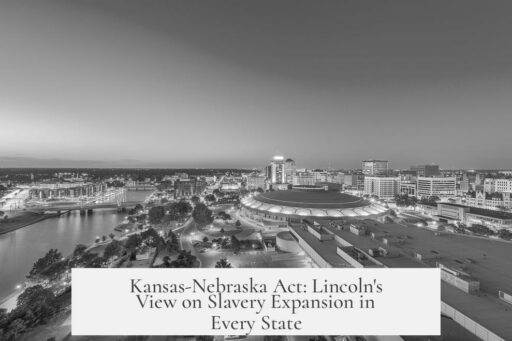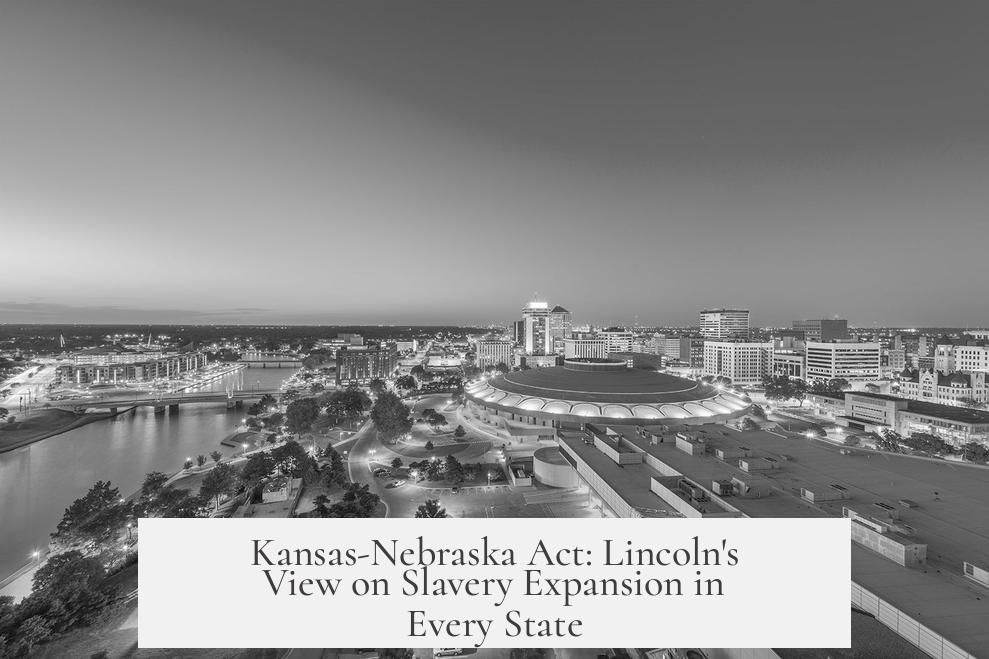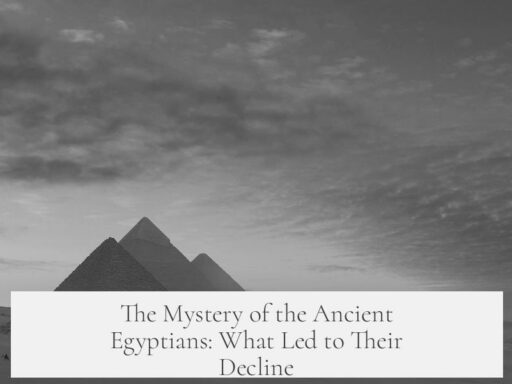The Kansas-Nebraska Act “opened the door for slavery in every state,” as Abraham Lincoln stated, by repealing the Missouri Compromise and replacing its geographic restriction with popular sovereignty. This removal of a federal ban allowed slavery to be legally permitted in new territories north of the 36th parallel, thereby enabling the potential spread of slavery into any new territory or state formed from these lands.
The Missouri Compromise of 1820 had barred slavery north of latitude 36°30′ within the Louisiana Purchase territory. This legal boundary prevented slavery from expanding into much of the West. The Kansas-Nebraska Act of 1854 overturned this compromise, stripping away the federal prohibition against slavery in the Kansas and Nebraska territories.
Instead of a fixed geographic restriction, the Act introduced popular sovereignty, allowing settlers in those territories to vote on whether to permit slavery. While framed as giving residents democratic power, this change effectively removed legal obstacles to slavery’s expansion. Pro-slavery advocates could now push to extend slavery wherever settlers supported it, even in states and territories previously closed to the institution.
This repeal upset the political balance in Congress, which had carefully maintained equilibrium between free and slave states. The Missouri Compromise had kept an equal number of free and slave states, helping to avoid sectional conflict. By making slavery dependent on the population’s vote rather than a federal rule, the Kansas-Nebraska Act risked creating more slave states and gave Southern slaveholders hope to expand their influence.
Lincoln characterized this shift by comparing the territories to established slave states like Mississippi or Arkansas. He explained that while the Act did not require slavery to be introduced, it legalized the possibility. Thus, these areas were “as open to slavery as Mississippi or Arkansas were when they were territories,” meaning the door was now fully open for slavery to move in.
Lincoln used a vivid analogy to clarify his point. He imagined a meadow fenced off to keep out cattle. Removing the fences doesn’t force cattle inside, but it invites them in. Similarly, the Kansas-Nebraska Act tore down the legal “fence” the Missouri Compromise had set. Although it didn’t mandate sending slaves, it removed barriers, effectively leaving the territories vulnerable to slavery’s spread.
- Repeal of Missouri Compromise: Removed the 36°30′ latitude ban on slavery north of the line.
- Popular Sovereignty: Allowed territories to vote on slavery, a strategy favoring slaveholders under the pretense of democracy.
- Political Impact: Disrupted Congressional balance, threatening to expand slave states.
- Lincoln’s View: The Act equated new territories to slave states in terms of slavery legality.
- Fenced Meadow Analogy: Removing legal barriers invites slavery in, despite claims to the contrary.
In conclusion, Lincoln warned that the Kansas-Nebraska Act set a dangerous precedent. By eliminating legal protections that prevented slavery in vast regions, it effectively opened the door for slavery’s expansion, not just in those two territories but theoretically across all future states carved from the western lands. This foundation disrupted sectional balance, intensified tensions, and moved the nation closer to conflict over slavery.
| Key Concept | Explanation |
|---|---|
| Missouri Compromise Repealed | Freed territories north of 36°30′ from federal anti-slavery law |
| Popular Sovereignty | Settlers decide slavery status, enabling pro-slavery legislation |
| Political Balance Disturbed | Created risk of more slave states, breaking equilibrium in Congress |
| Legal Equality with Slave States | Territories became as open to slavery as existing slave states |
| Metaphor of Fence Removal | Removing restrictions invites slavery despite no forced imposition |
- Repeal of Missouri Compromise removed clear federal limit on slavery’s spread.
- Popular sovereignty provided a legal path for slavery in every new territory.
- The Act favored Southern pro-slavery interests and threatened national balance.
- Lincoln emphasized the practical effect: opening all future states to slavery.
- The metaphor of lifting legal restrictions explains how freedom to vote concealed slavery’s expansion.




